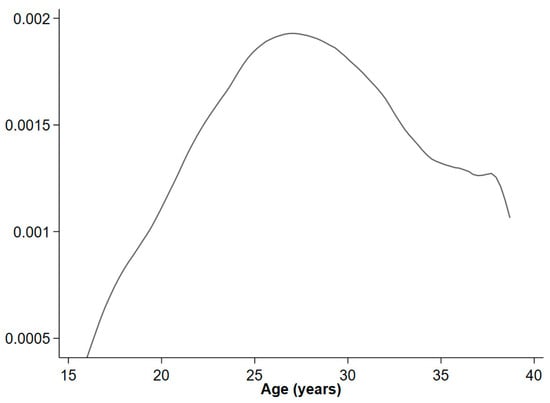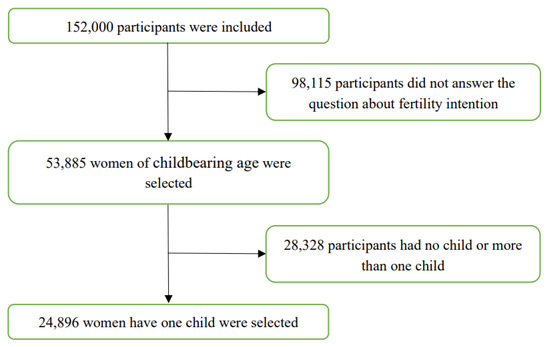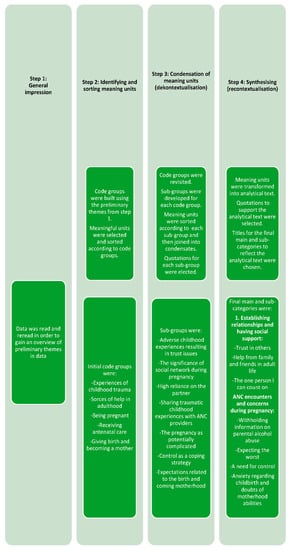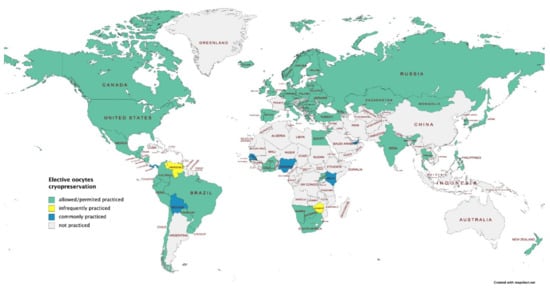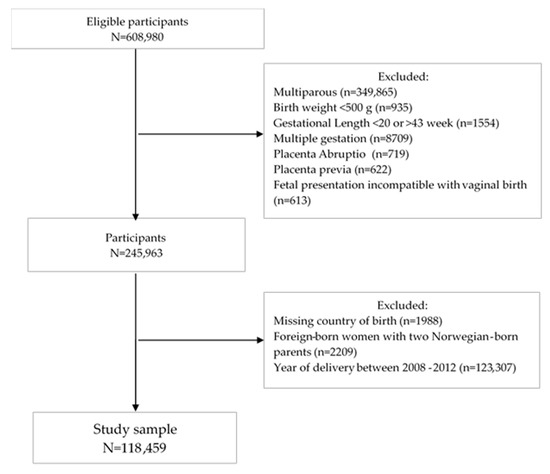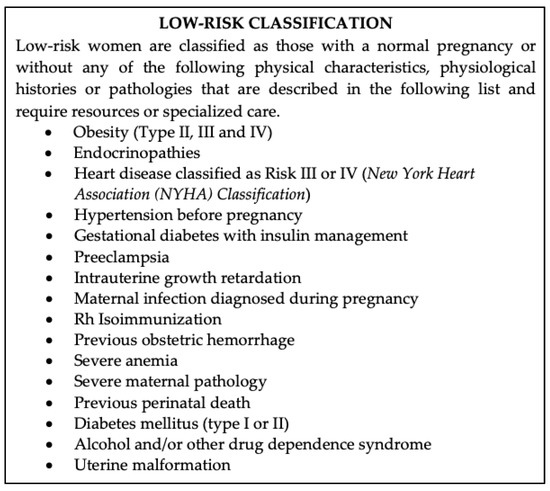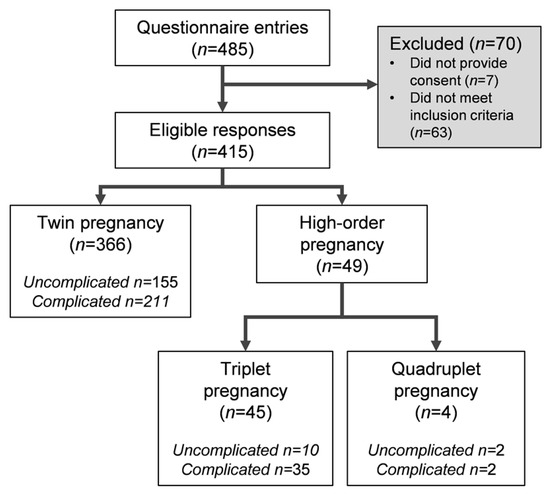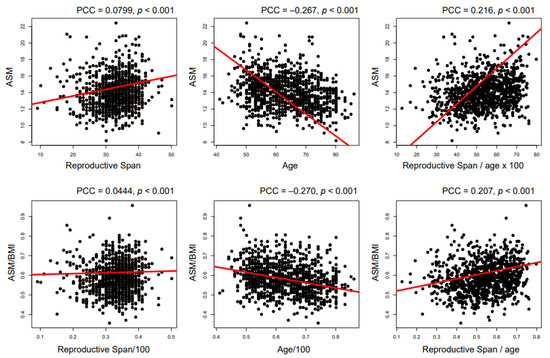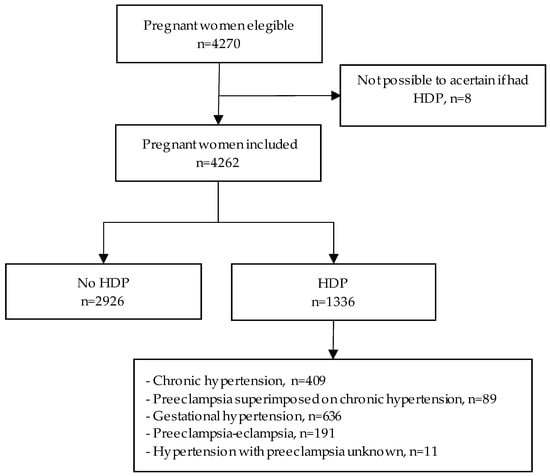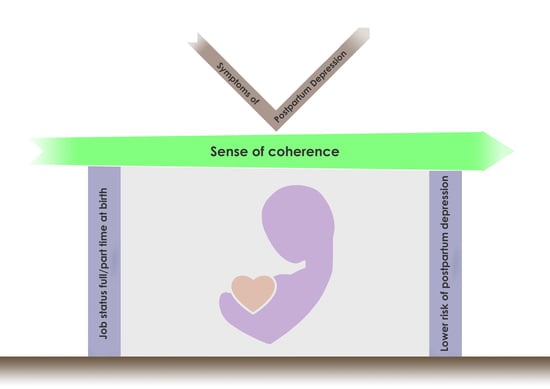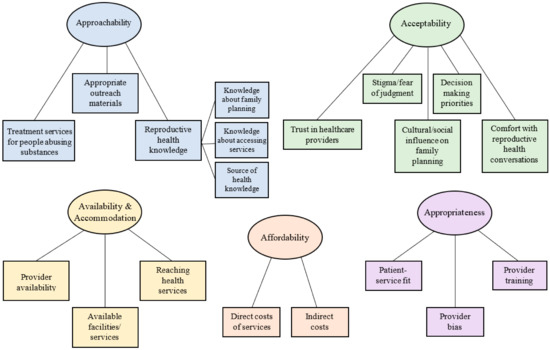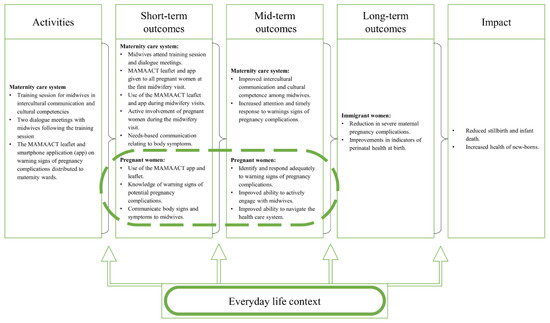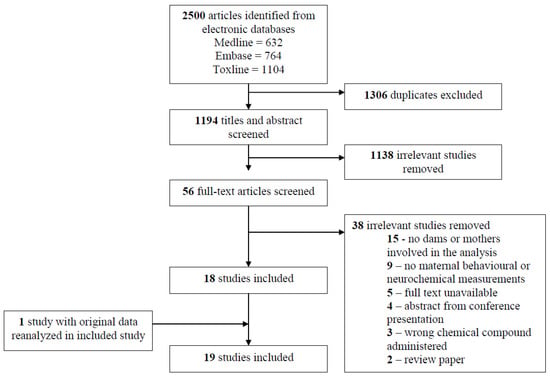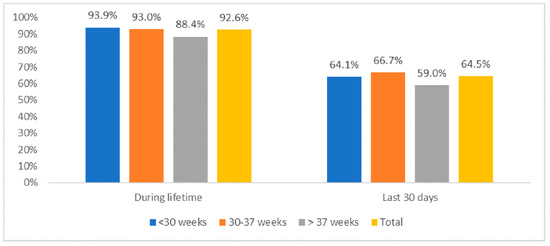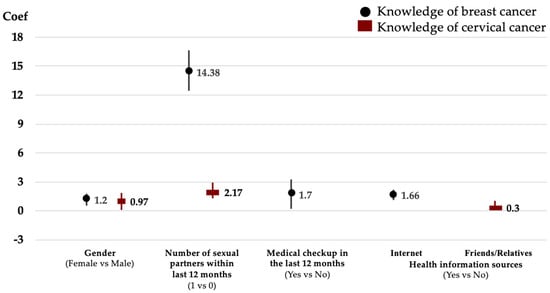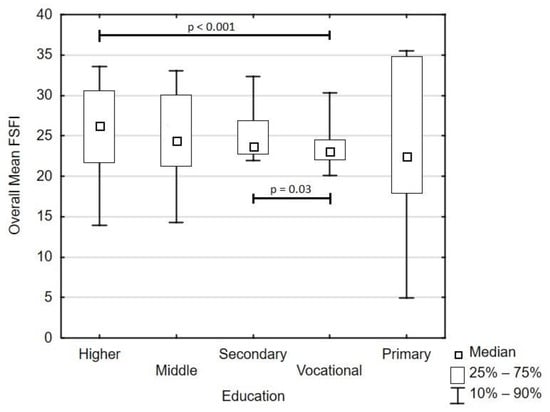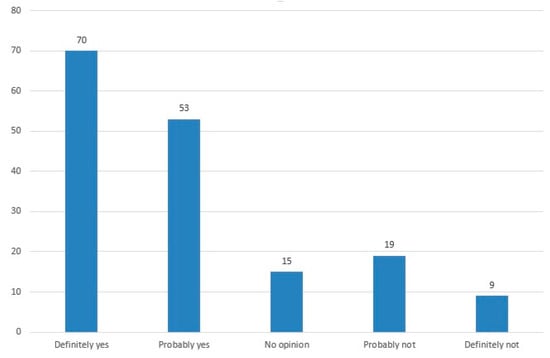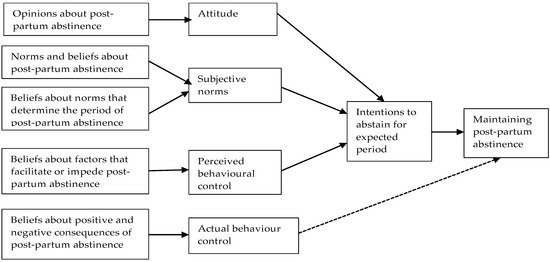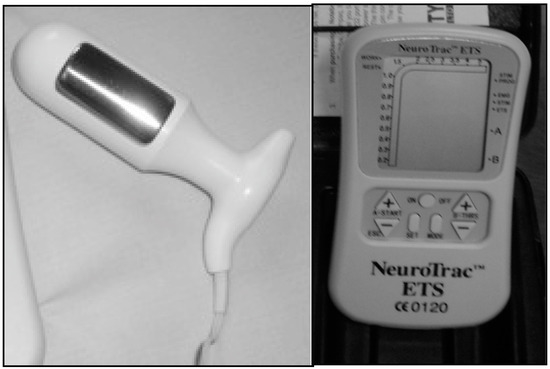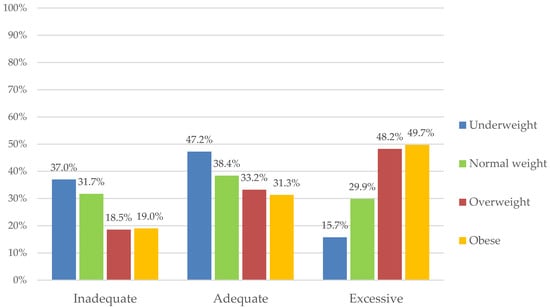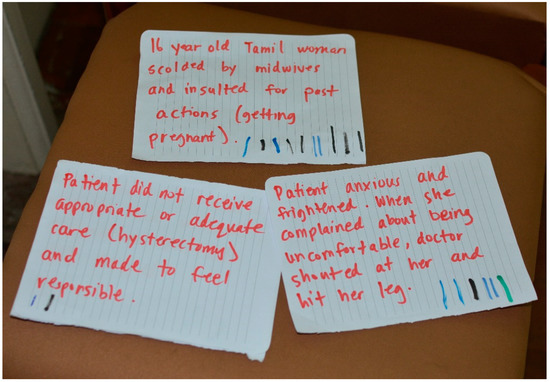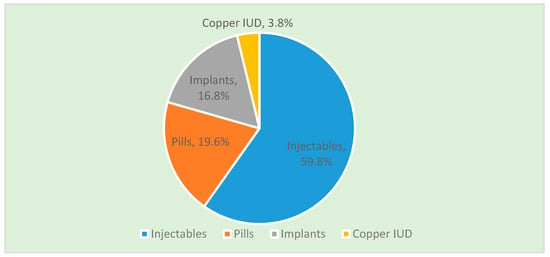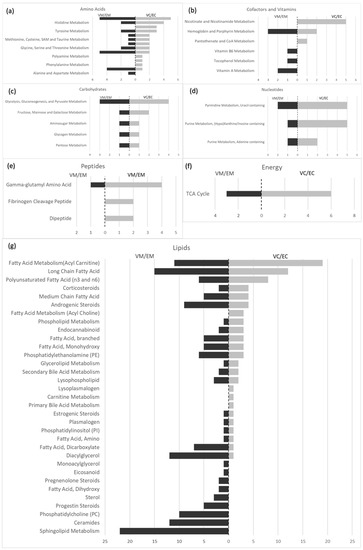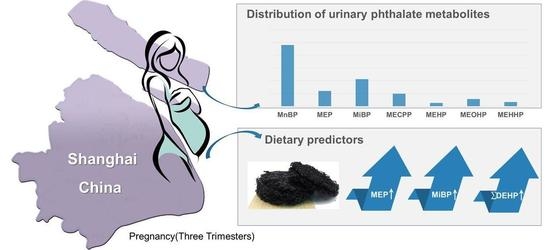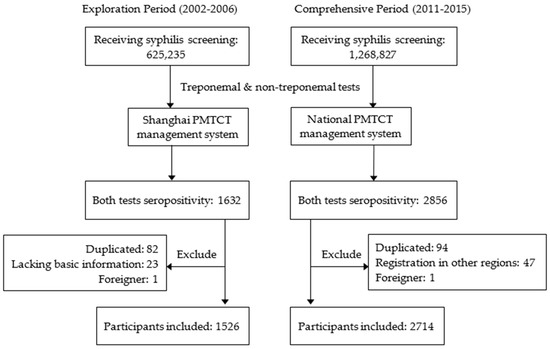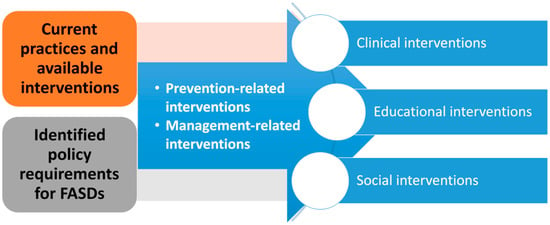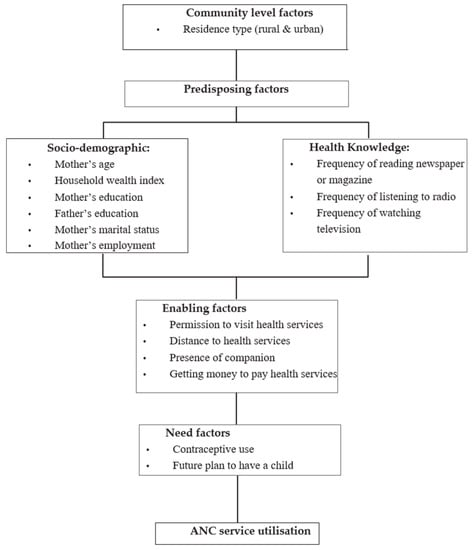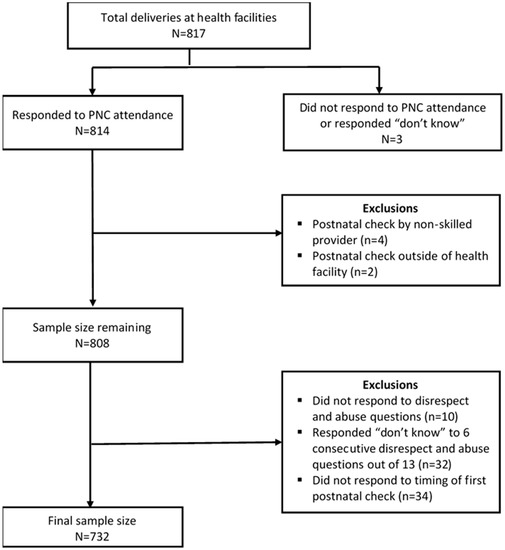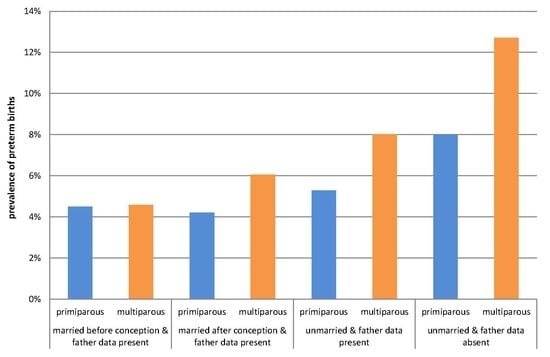Women's Reproductive and Maternal Health (Closed)
A topical collection in International Journal of Environmental Research and Public Health (ISSN 1660-4601).
Viewed by 286234Editor
Interests: maternal and reproductive health services; newborn and women's reproductive health; quality of care
Special Issues, Collections and Topics in MDPI journals
Topical Collection Information
Dear Colleagues,
This Collection will have a broad focus on women’s health, but especially its role in reproduction, pregnancy and childbirth. Contraceptive use, abortion services and issues of abuse and violence are welcome. Articles that discuss quality of care for women, dignity and respect for women, women’s sexuality and women’s reproductive mental health are also welcome. We are also looking for articles that provide an overview of women’s reproductive health in specific settings, for specific groups or specific services. Articles with policy relevance are important.
Prof. Dr. Johanne Sundby
Guest Editor
Manuscript Submission Information
Manuscripts should be submitted online at www.mdpi.com by registering and logging in to this website. Once you are registered, click here to go to the submission form. Manuscripts can be submitted until the deadline. All submissions that pass pre-check are peer-reviewed. Accepted papers will be published continuously in the journal (as soon as accepted) and will be listed together on the collection website. Research articles, review articles as well as short communications are invited. For planned papers, a title and short abstract (about 100 words) can be sent to the Editorial Office for announcement on this website.
Submitted manuscripts should not have been published previously, nor be under consideration for publication elsewhere (except conference proceedings papers). All manuscripts are thoroughly refereed through a single-blind peer-review process. A guide for authors and other relevant information for submission of manuscripts is available on the Instructions for Authors page. International Journal of Environmental Research and Public Health is an international peer-reviewed open access monthly journal published by MDPI.
Please visit the Instructions for Authors page before submitting a manuscript. The Article Processing Charge (APC) for publication in this open access journal is 2500 CHF (Swiss Francs). Submitted papers should be well formatted and use good English. Authors may use MDPI's English editing service prior to publication or during author revisions.
Keywords
- Women’s health
- Reproductive and sexual health
- Contraception
- Maternal health
- Violence and abuse
- Quality of care
- Dignity and respect
descriptive study design with a constructivist paradigm was used. Twenty-two pregnant women were recruited and participated in a semi-structured interview. Analysis of the transcribed interviews used a content, thematic and comparative process. Three themes emerged from the analysis: feelings
and responses, changes to the ante natal care service during the COVID-19 pandemic, and the fetal wellbeing monitoring, tools, and methods used. Advice on how pregnant women should conduct fetal wellbeing monitoring during COVID-19 is urgently needed. The results of this study indicate there is a need for interventions to help pregnant women carry out self-fetal wellbeing monitoring in times where they have fewer contacts with health professionals such as during the COVID-19 pandemic. Full article





